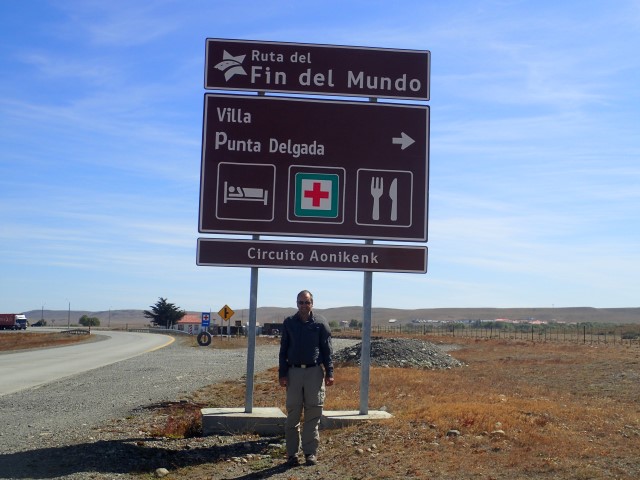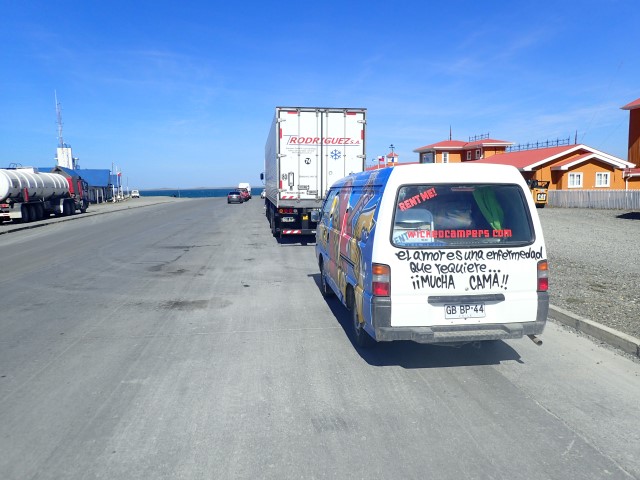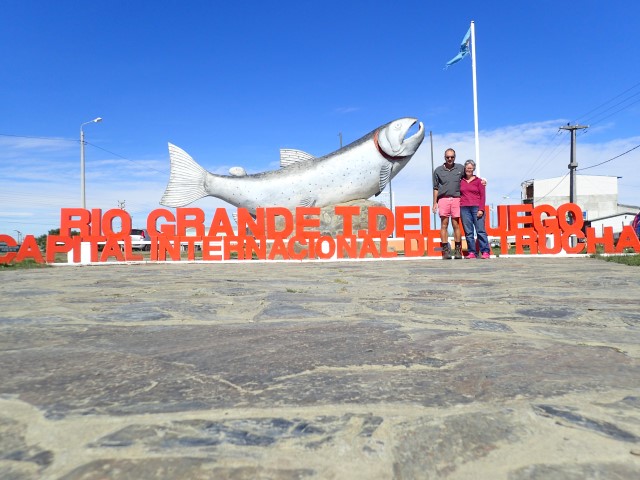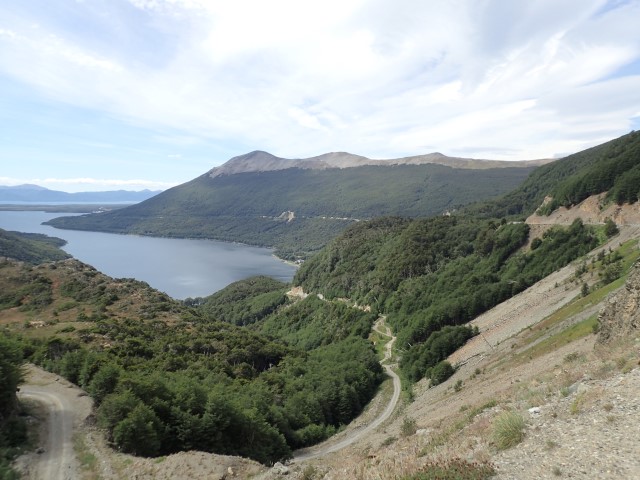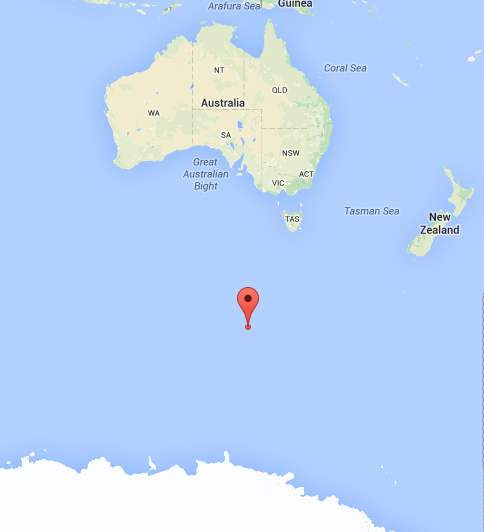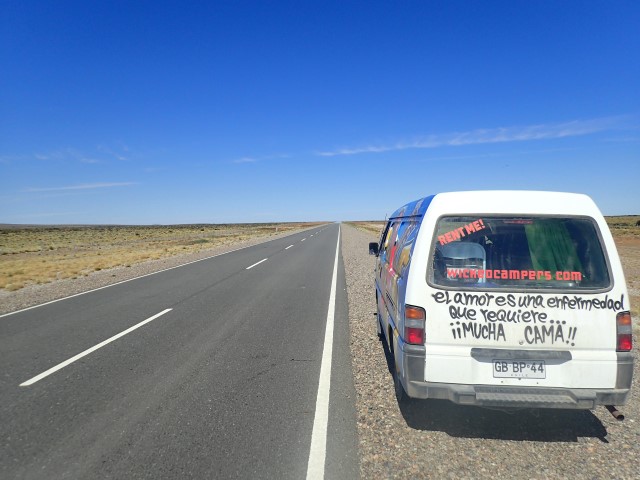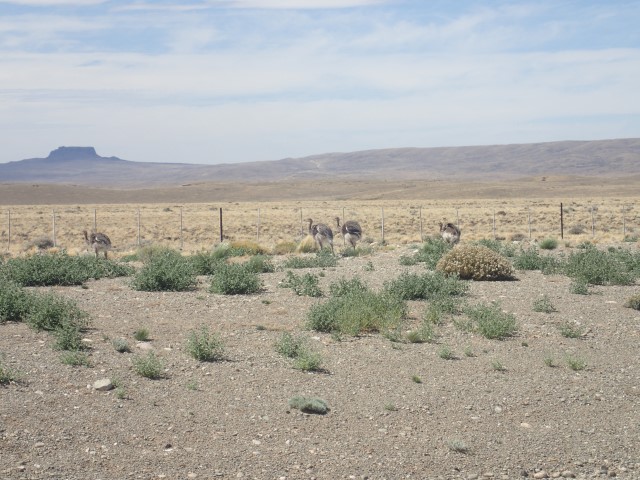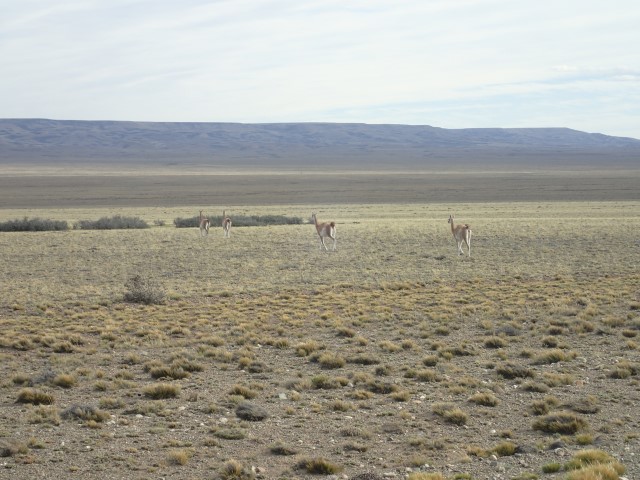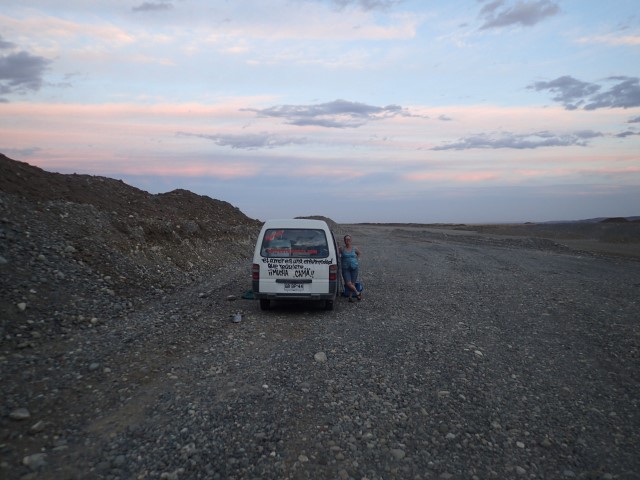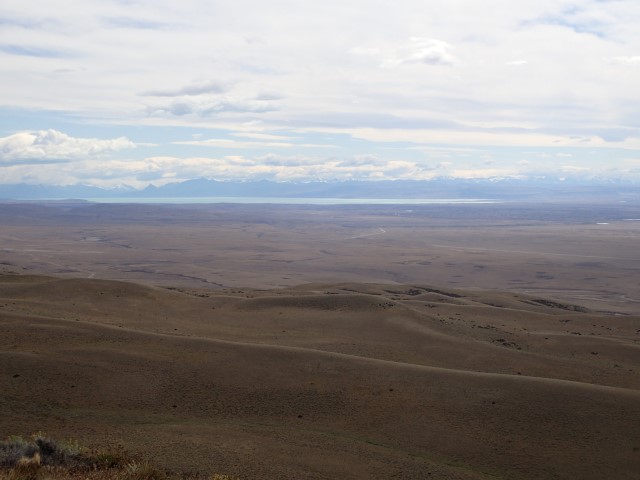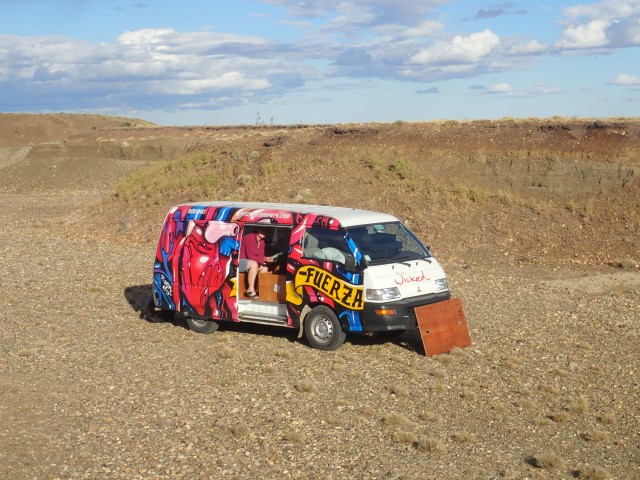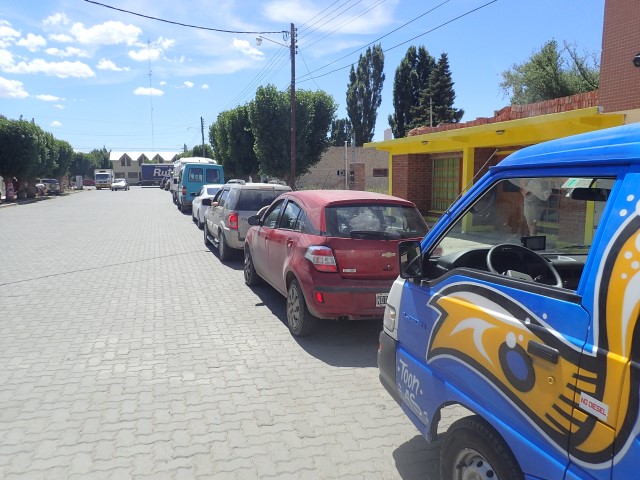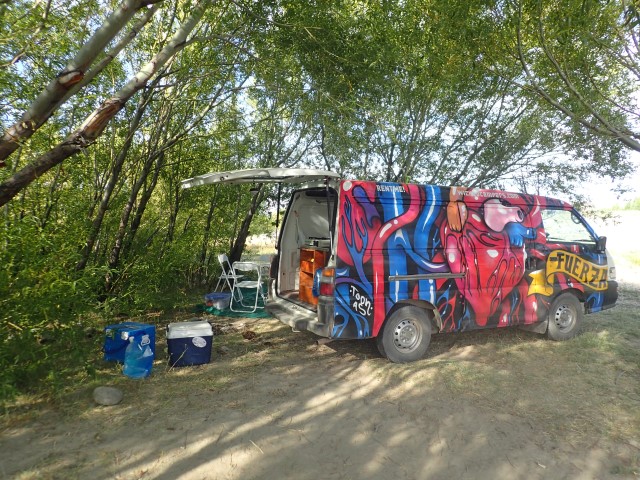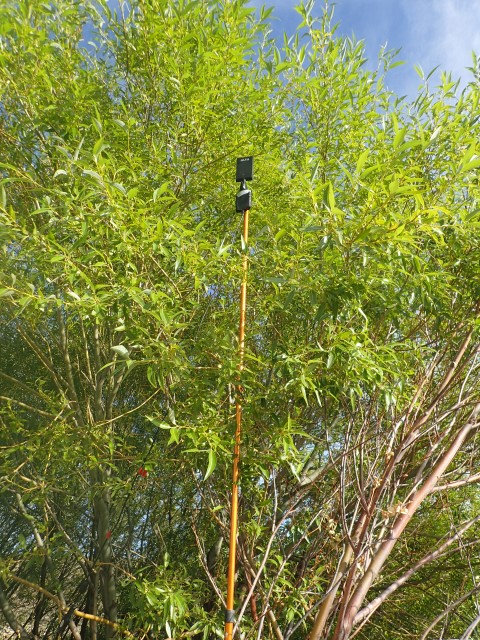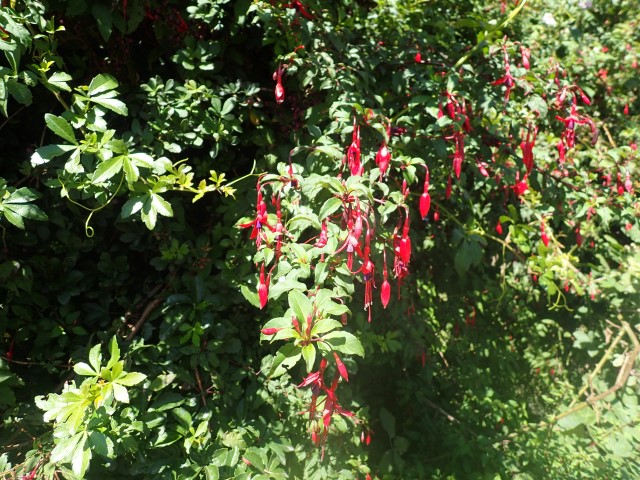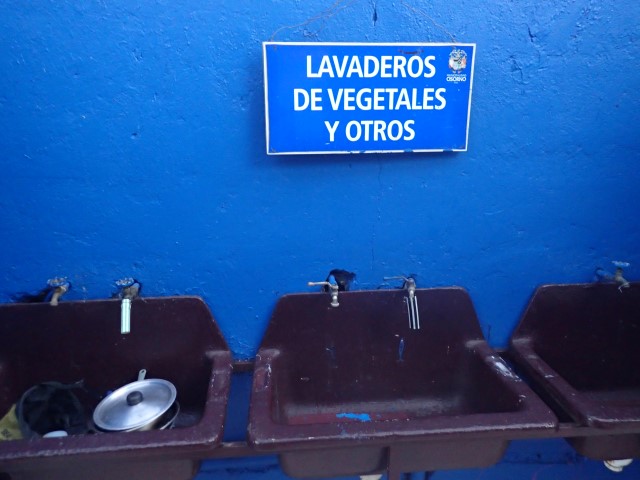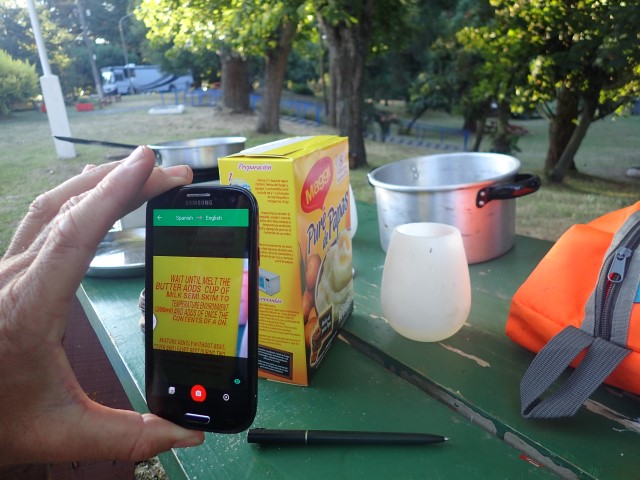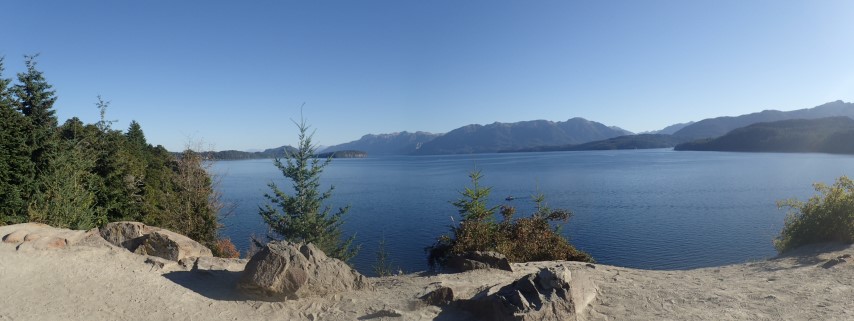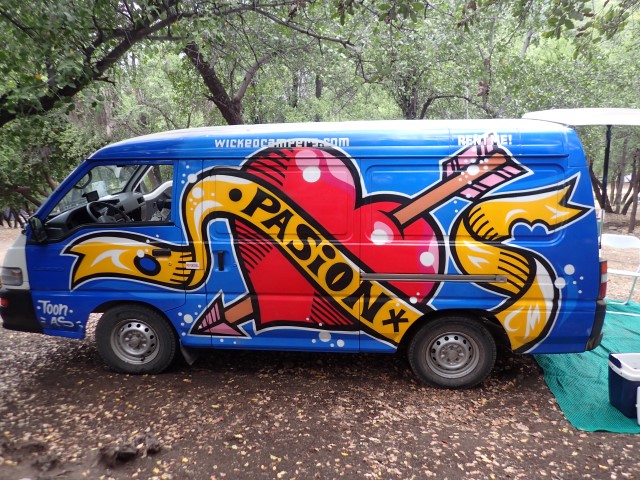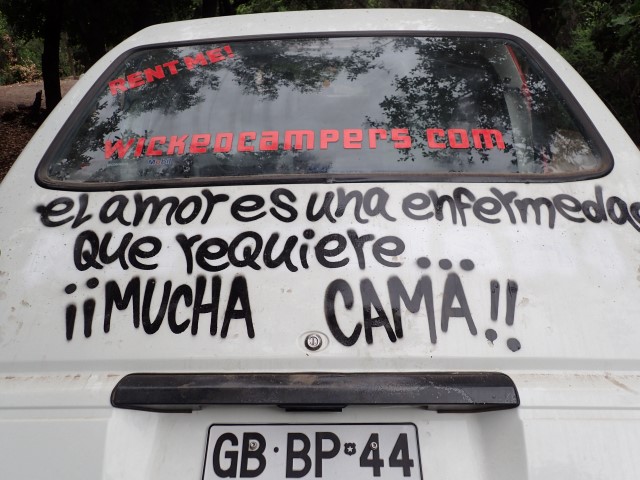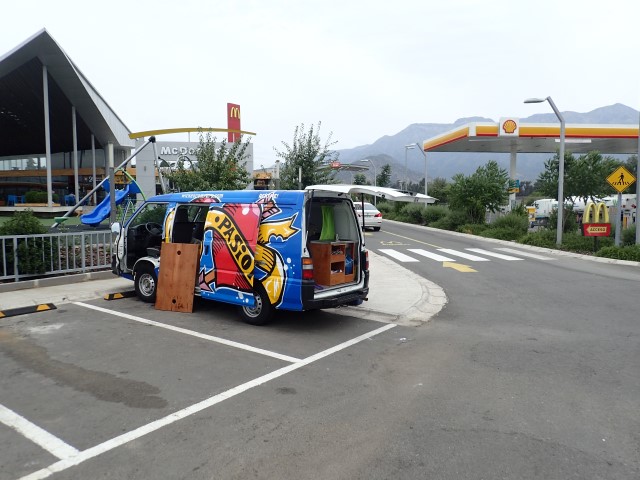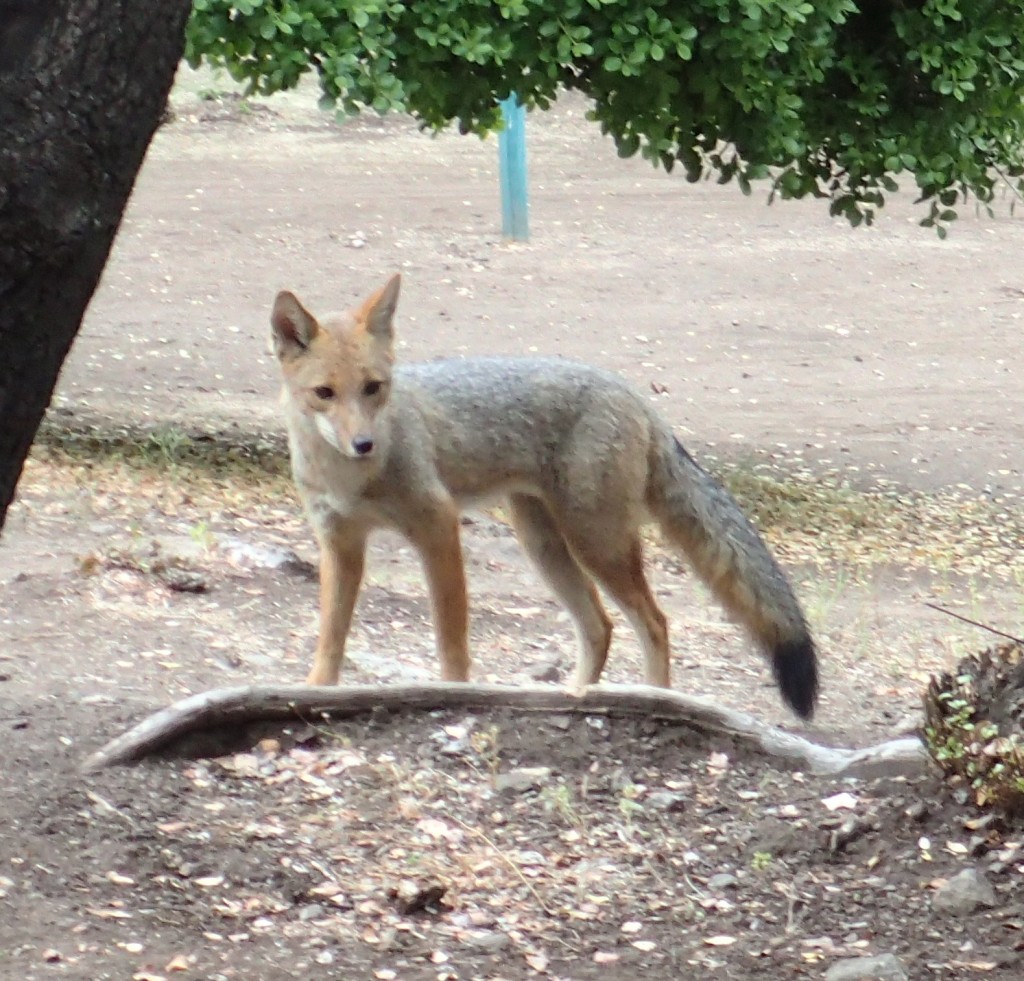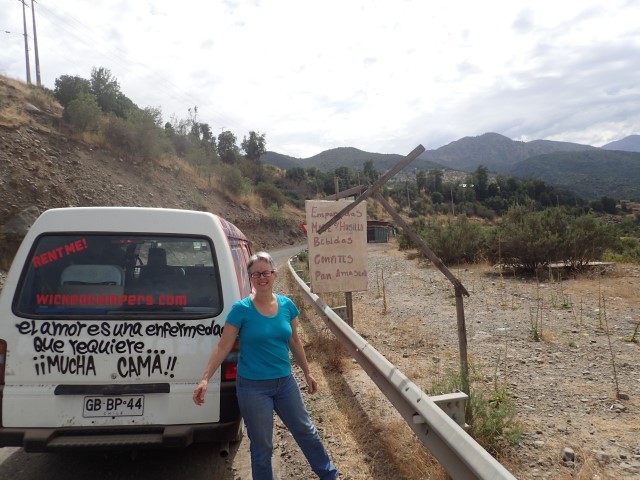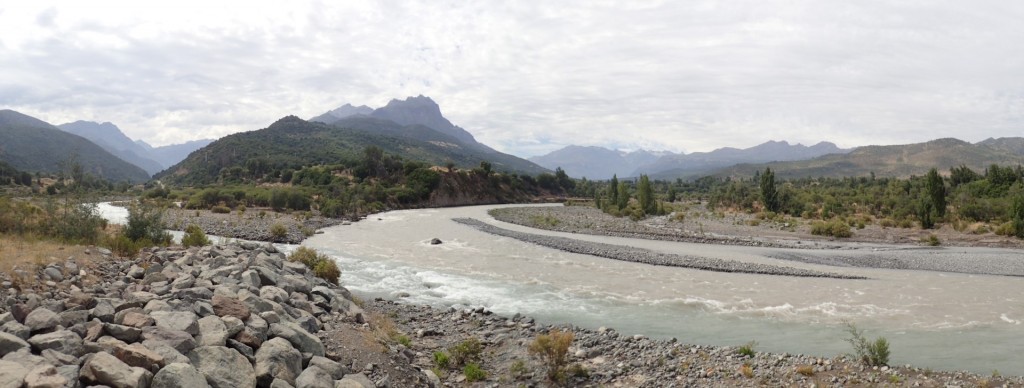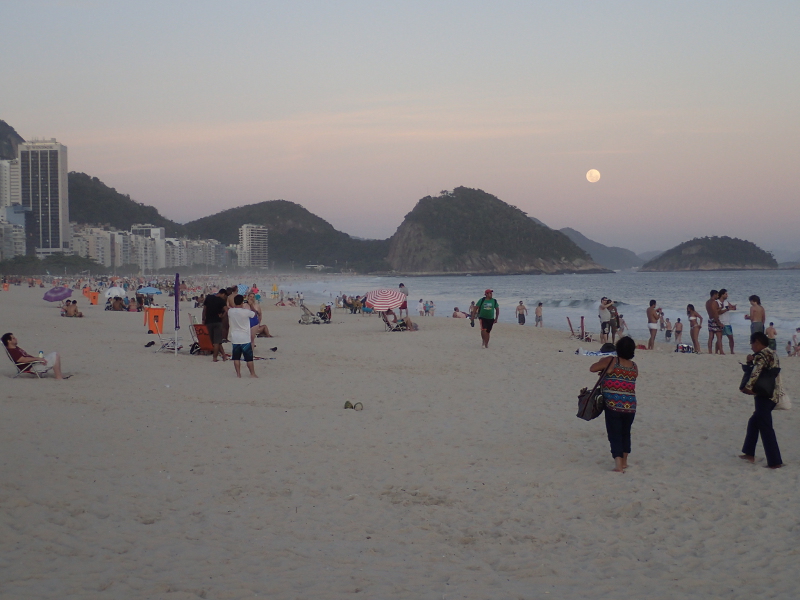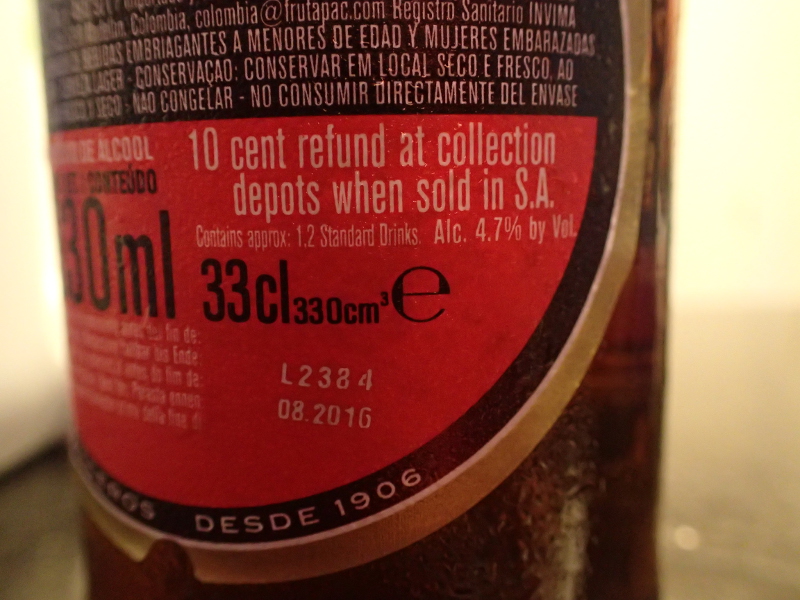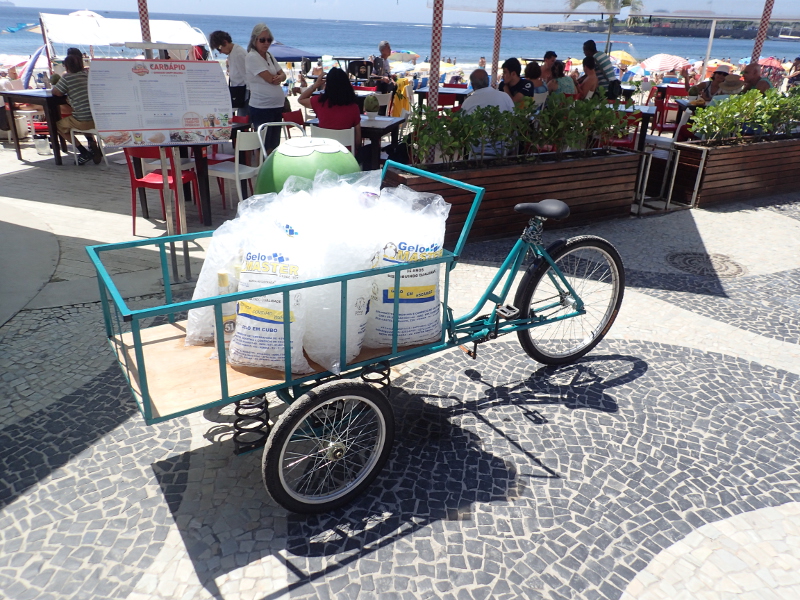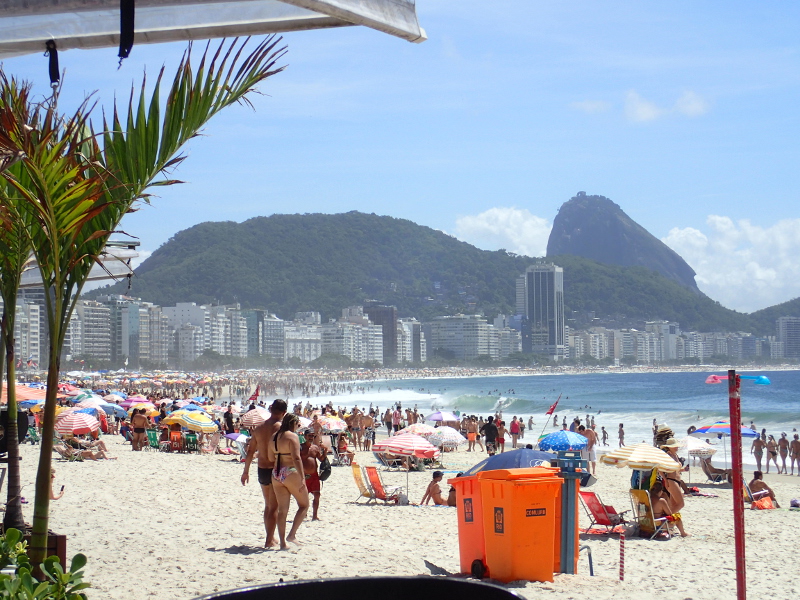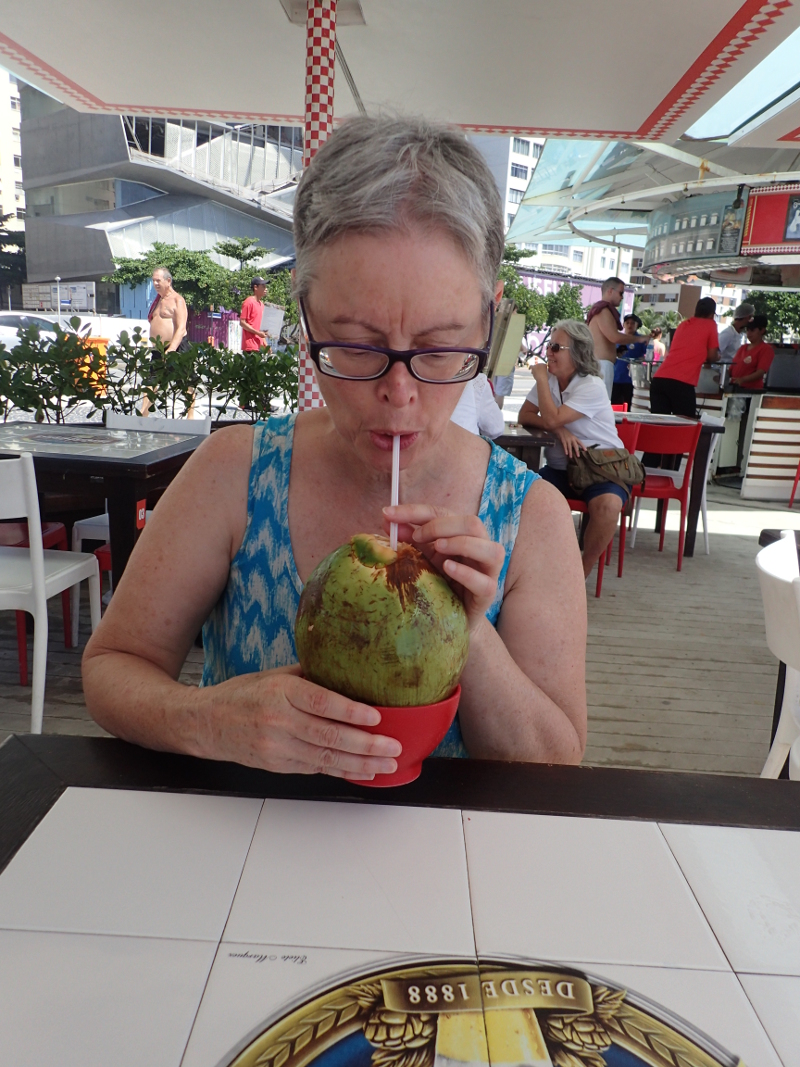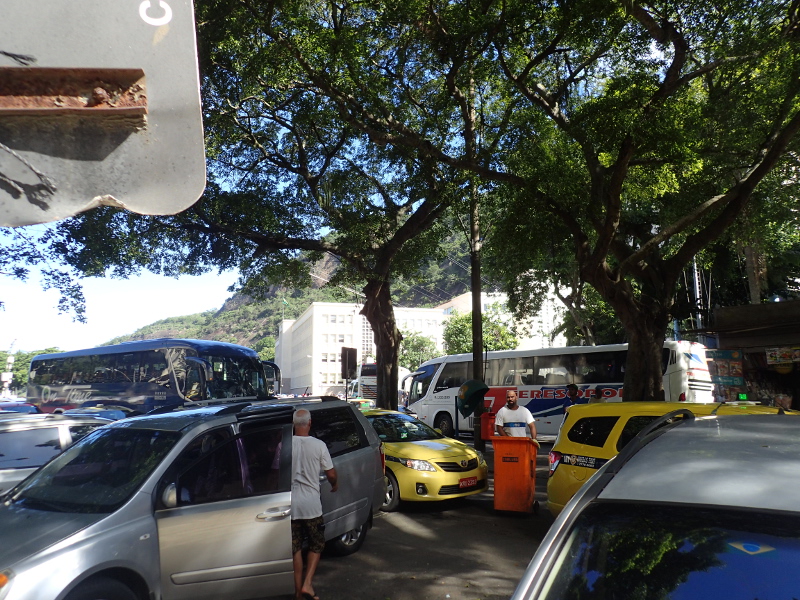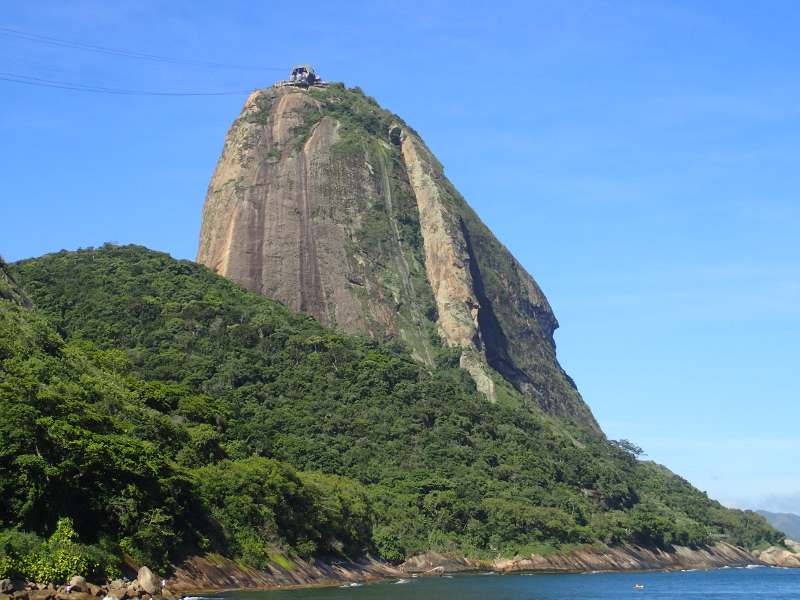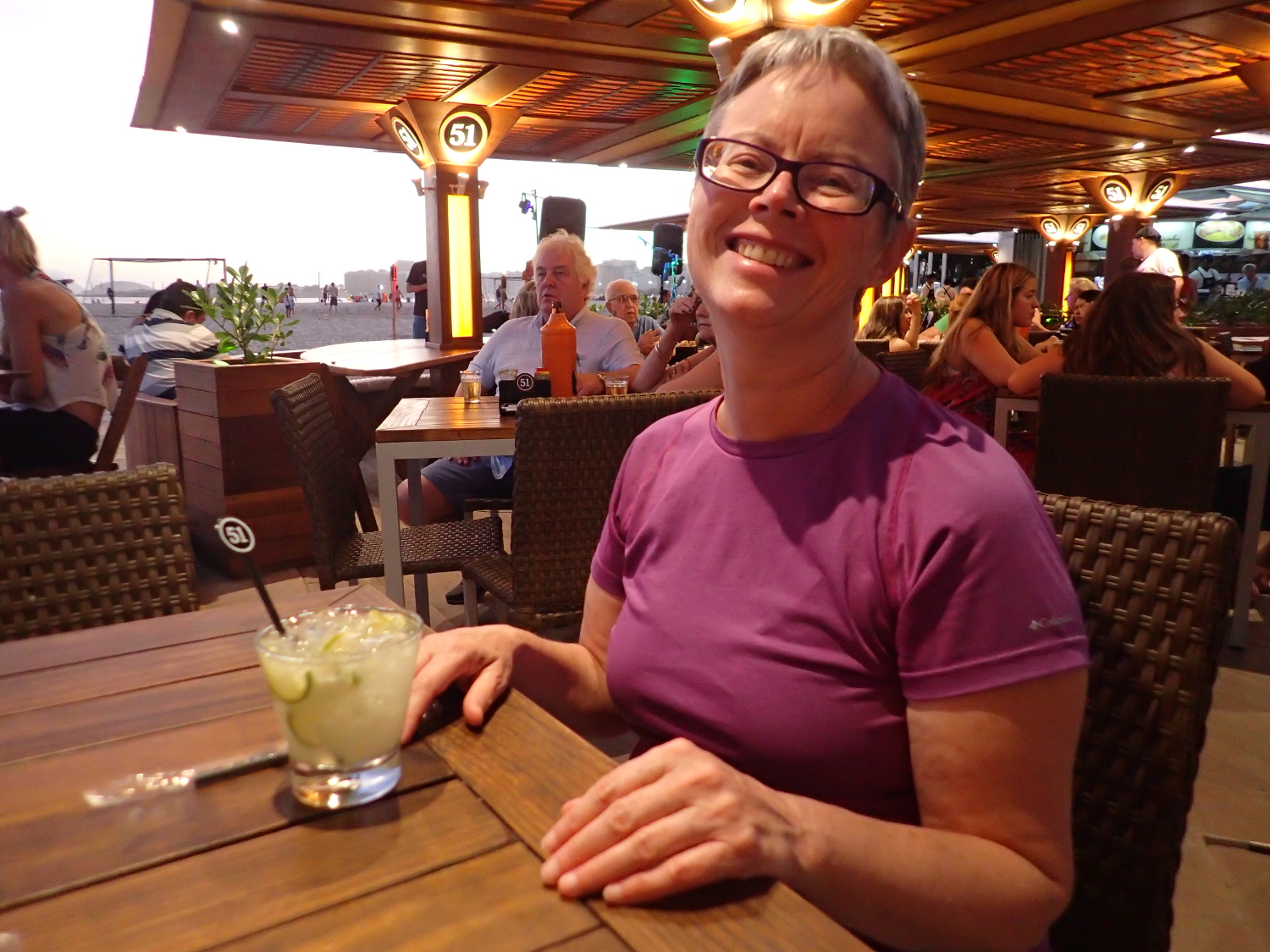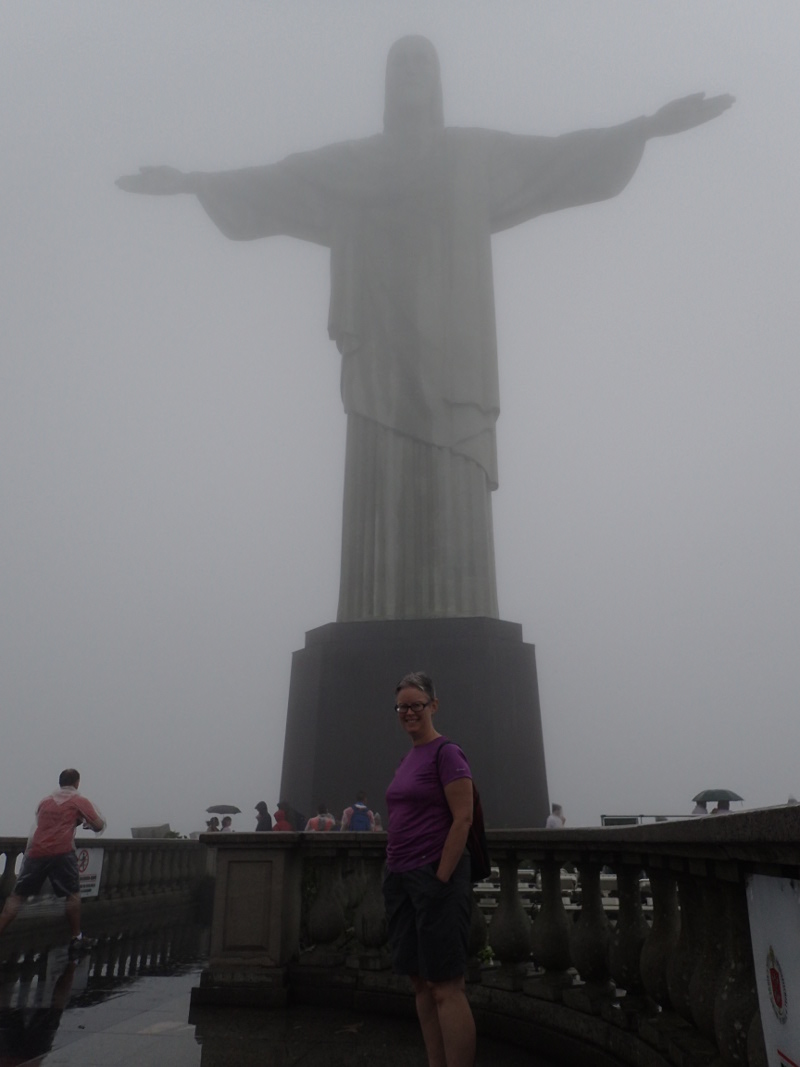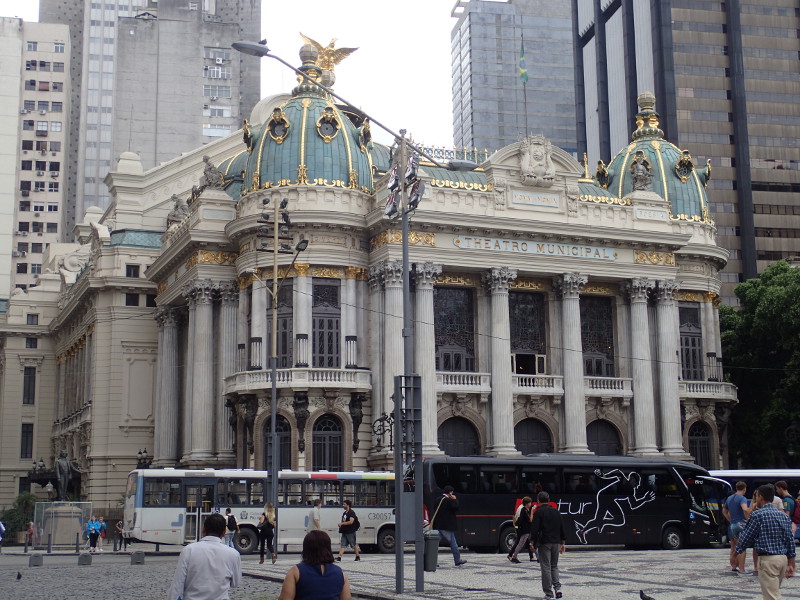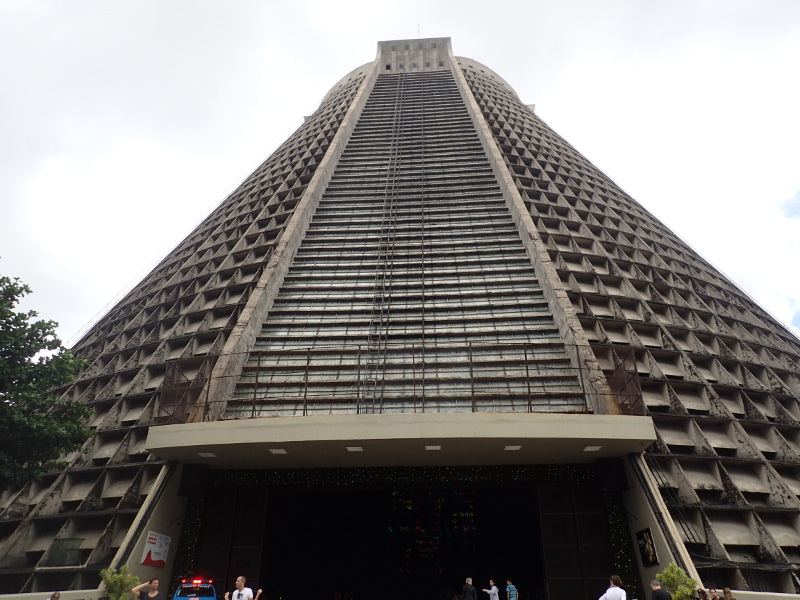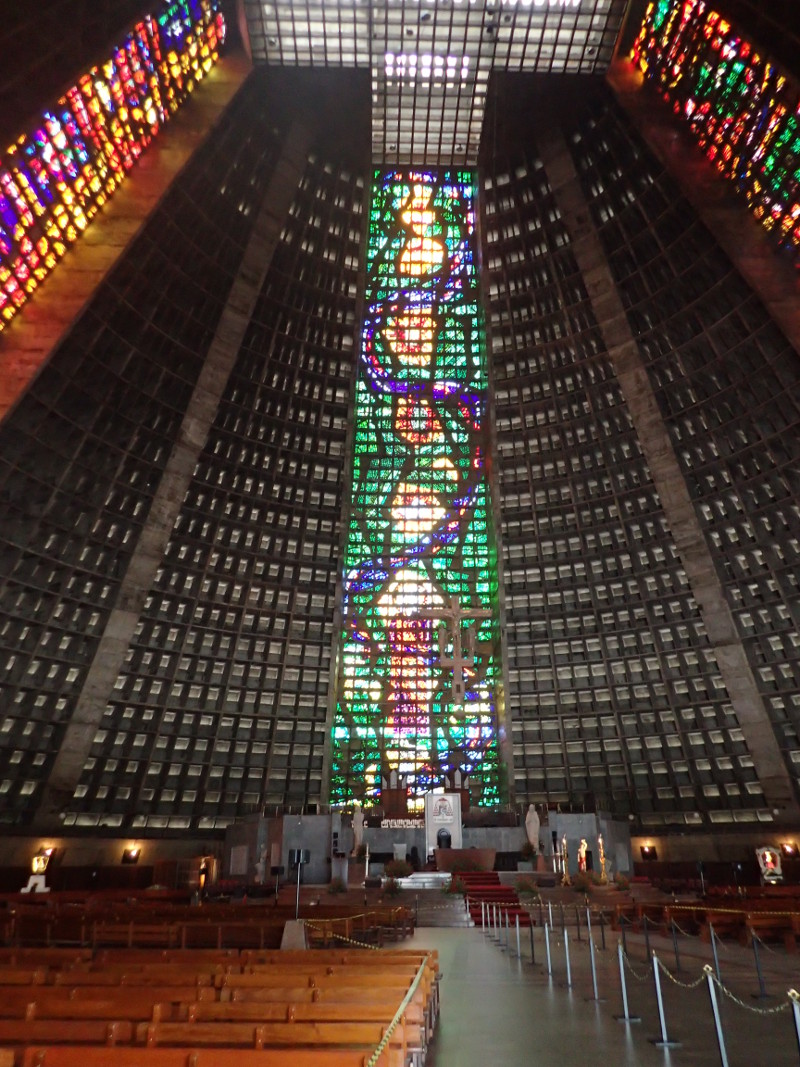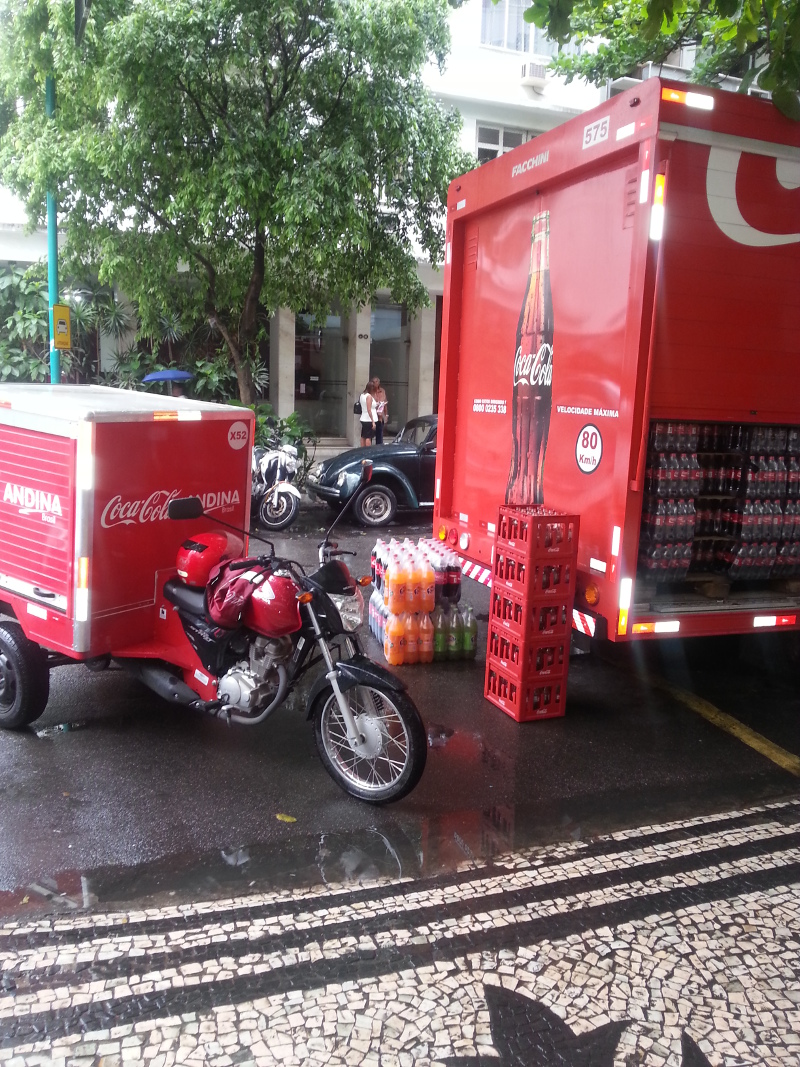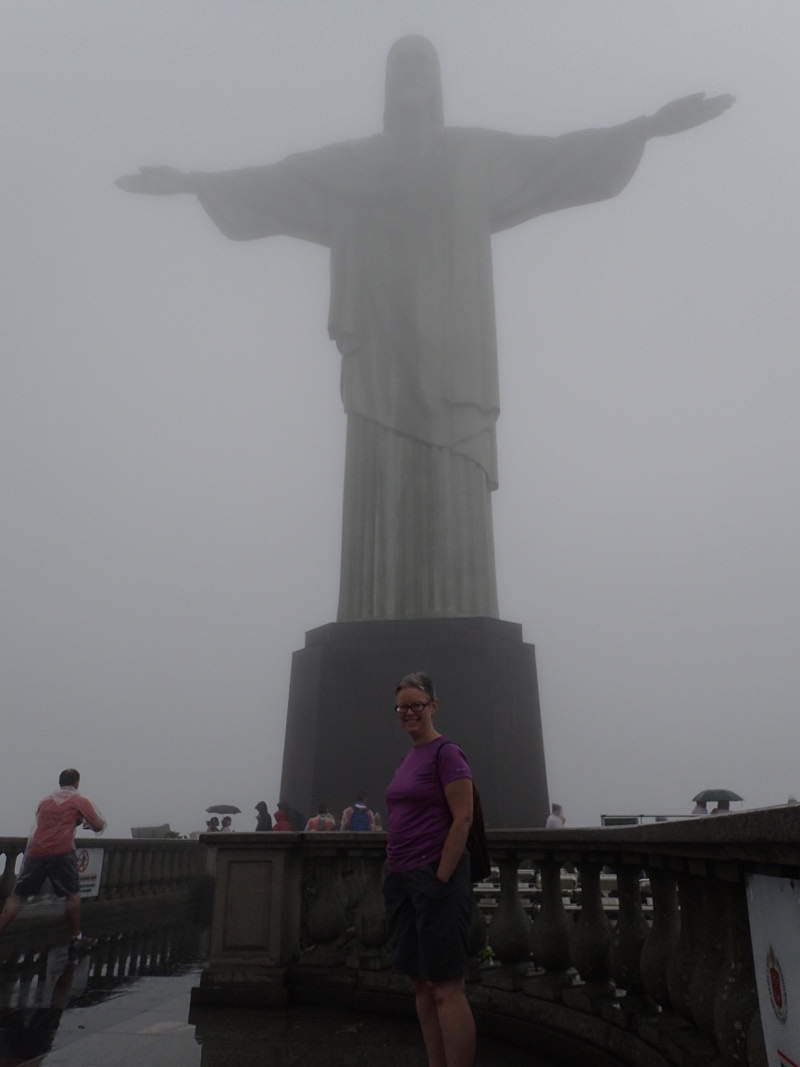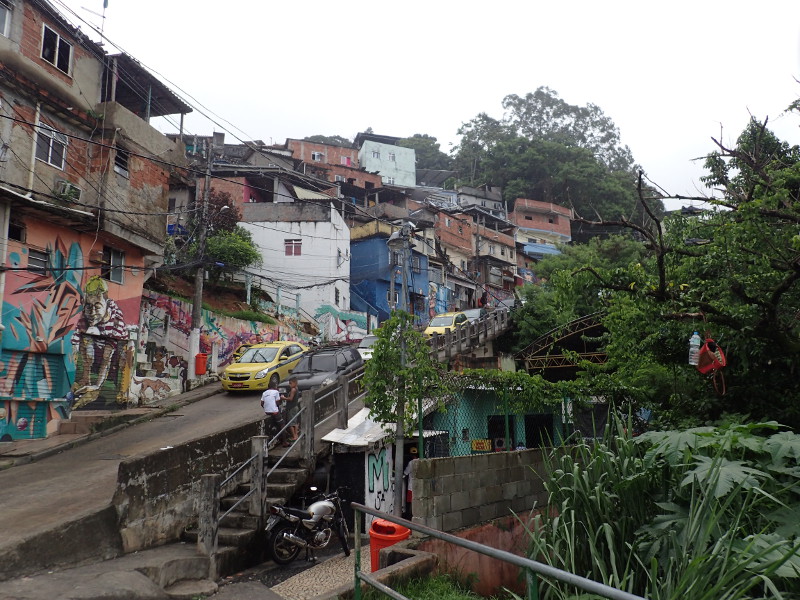We made it!
We drove into the world’s southern-most city yesterday afternoon. The city is built around Ushuaia Bay, which is magnificent. We’re staying in an Airbnb apartment for a few days. It’s in the middle of town, and a block away from the port. There’s a cruise ship in dock – the Costa Luminosa (sister ship of the Costa Concordia, which sank a few years ago) – we can see it from the apartment.
I’m still having to remind myself that we’re actually in Tierra del Fuego Land of Fire. That magical, mystical, legendary, other-worldly, out of reach place at the end of the world El Fin del Mundo. We’re here! Amazing.
After driving through flat steppe for days, the last hundred or so kms got interesting – mountains, lakes, a bit of snow on some mountaintops. We had to drive over a steep pass to get to Ushuaia, and it reminded me a bit of Yosemite National Park.
Lovely weather here at the moment. Hardly any wind, sunshine, blue sky, calm sea, forecast maximum temp 19c today, with rain later in the week. Sunrise is at just after 6am, sunset is 9.30pm, so they have long days at this time of the year. Ushuaia is at 54°48′S, 68°18′S, which is almost as far south as you can get by car. There is an inhabited island, Isla Navarino, across the Beagle Strait to the south with 2 settlements, Puerto Williams and Puerto Navarino, but they can only be reached by sea.
We went to the local supermarket last night to get a couple of things. The place was packed, and all 12 cash registers were open, with long queues. We bought a litre of cheap white wine, a bottle of soft drink, 200g butter and some carrots. Total cost – AUD$6. The quality of most of the fruit and veg was better than we’ve seen in a while. Stuff gets shipped or flown here.
A couple of interesting snippets about the Costa Luminosa – it was one of the 3 cruise ships we saw when we were in Rio, and we watched it sail south to Buenas Aires when we sat sipping cocktails on Copacabana Beach one evening. It’s heading to Chile, so we may see it again in Punta Arenas or Puerto Natales, but I think it will be faster than us, though. It’s due in Santiago around Feb 15th.
We don’t have to be back in Santiago until March 2nd, and plan on taking our time heading north. We zoomed straight down here and will stop and see some stuff on the way back.
